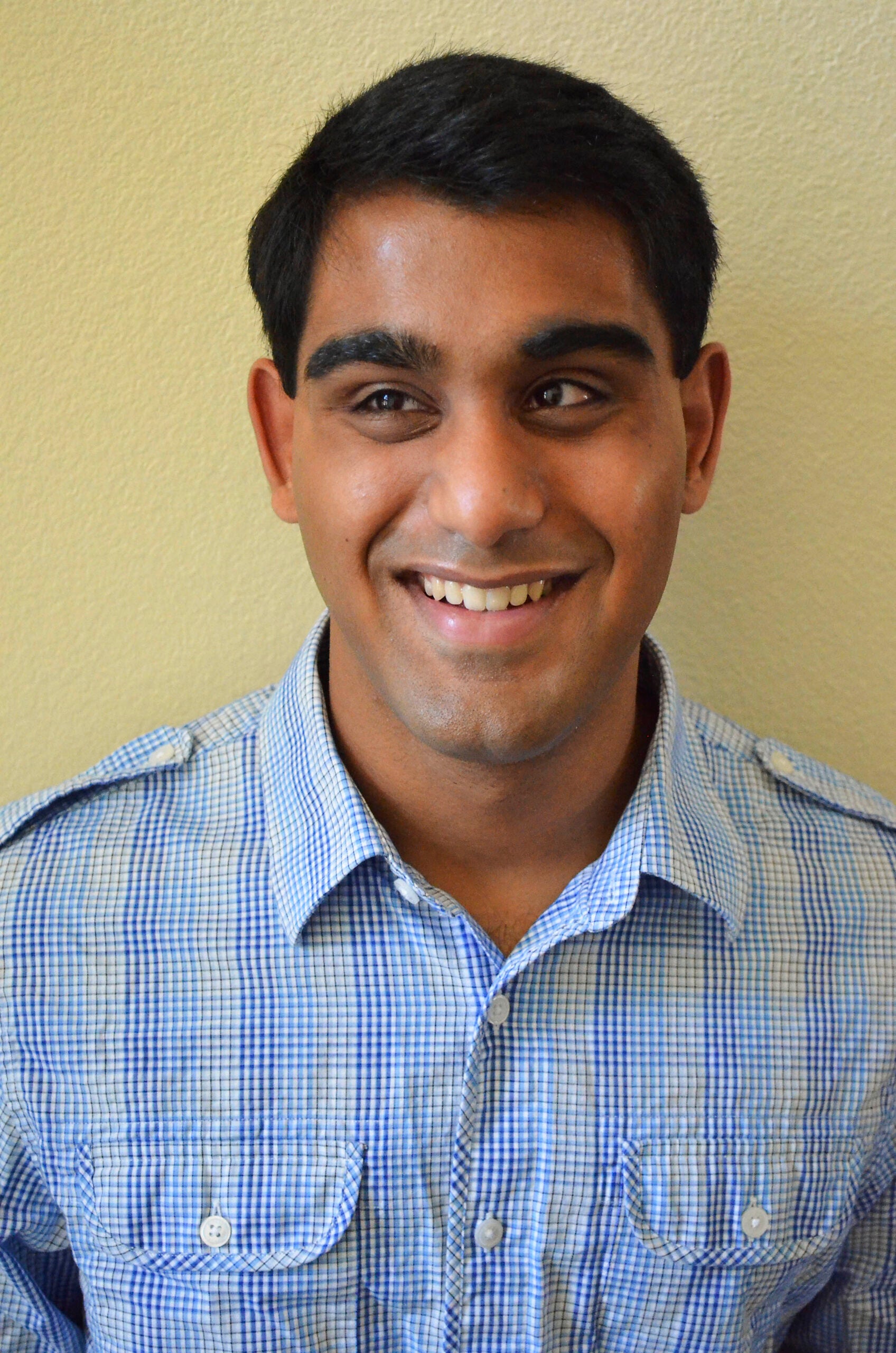Paras Shah’s approach to human rights centers on inclusion. In his four terms with the International Human Rights Clinic, Shah has encouraged an international coalition to ban killer robots to integrate diverse perspectives into its campaign, and collaborated with grassroots activists to counter hate speech and de-escalate ethnic and religious ultra-national rhetoric in Myanmar. As a student in the Advanced Skills Training in Strategic Human Rights Advocacy seminar, Shah and two other classmates also designed and led a workshop to increase student leadership, promote self-care, and build bridges between the Clinic and other programs at the Law School.
“I was born legally blind and grew up in the U.S., where the law has always played an important role in making sure I have equal opportunities like everyone else,” said Shah, who was previously the John Gardner Fellow at Human Rights Watch, where he focused on the rights of refugees with disabilities. “I want to use the law to create that kind of opportunity for other people.”
“Heed the Call: A Moral and Legal Imperative to Ban Killer Robots,” co-published by Human Rights Watch, is one of the most complex reports the Clinic has written, said Bonnie Docherty, associate director of Armed Conflict and Civilian Protection and lecturer on law in the IHRC. Shah was “an integral part of the team helping to build the case for why we need the ban.” His work was so outstanding during his first trip to Geneva, Switzerland that the Campaign to Stop Killer Robots invited Shah to return.
“Paras showed an intuitive understanding of and ability to articulate complicated issues,” said Docherty. “It was not just this, but his engagement with campaigners from all over the world, his enthusiasm for the work, his sense of humor, and his commitment to making the world a better place that made such an impression.”
Over J-term 2019, Shah and a team of three other students traveled with Yee Htun, lecturer on law and clinical instructor in the IHRC, to Myanmar and Thailand and met with religious leaders, women’s groups, and LGBTQ+ activists to test a workshop they had developed related to countering hate speech. “Paras rose to every challenge we faced. He was a sounding board and reliable interlocutor for new ideas,” said Htun. “He has the rare ability to think outside the box.”
In addition to his clinical work, Shah recently published an article in the Harvard Human Rights Journal about the use of deadly force against people with disabilities; he also writes for the prestigious national security blog Lawfare.
“The Clinic has been the most important thing I’ve done in law school,” said Shah. He said it sharpened his research skills, and taught him to consider the audience he wanted to reach and message he wanted to convey. “Although I frame an issue differently when briefing a diplomat in Geneva who is likely bound by instructions from her capital than when I discuss an idea with a grassroots activist who might have to later explain it to hundreds of other people in a specific local context, I always strive to understand their perspective and find common ground.”
For Shah, the Clinic was also a home and community. “The classmates I met became my close friends and the instructors became my mentors. I’m very grateful for the opportunity to contribute to issues I care about and make a small impact on people’s lives.”
Shah is going to be an associate at O’Melveny & Myers in Washington, D.C.
This profile is a preview of the 2018-2019 Human Rights Program Annual Report.
